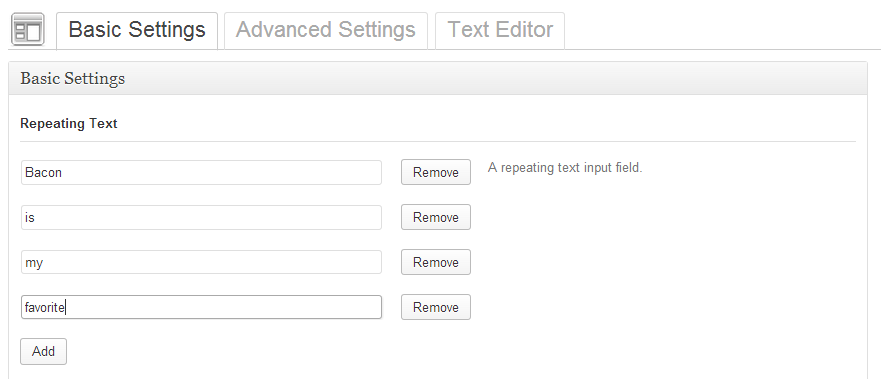Category: Tutorial
-
WooCommerce Customize Checkout Fields
Note: This was updated for compatibility with WooCommerce 3.0+. This will cause fatal errors if used with older versions of WooCommerce. I was digging around in WooCommerce while trying to come up with a quote for a client. Part of the scope had me wondering if you could remove some fields from the checkout process.…
-
Create an Alphabetical Glossary of Posts in WordPress
Once up a time i did a client project where i had to have archives organized alphabetically. I ended up accomplishing by adding a query variable and targeting the posts_where filter. However, in answering a recent question at WordPress Stack Exchange I decided that it might be neater to create a hidden taxonomy instead. I…
-
Customizing the WordPress Install Process with install.php
I came across a super interesting post at WPBits about [automating the wordpress installation][1] process. Some of the parts about where some of the functions are located in WP that allow you to change certain things on the installation are outdated since the post is from 2007, but the concept remains perfectly intact. If you find…
-
How to Find any Facebook ID
Sometimes when using WordPress plugins you sometimes need to provide a facebook ID number. If the facebook URL you are looking at is using a username instead of an ID number it isn’t inherently obvious how to find that profile’s ID number. You can go into a photo album and it might appear as part…

